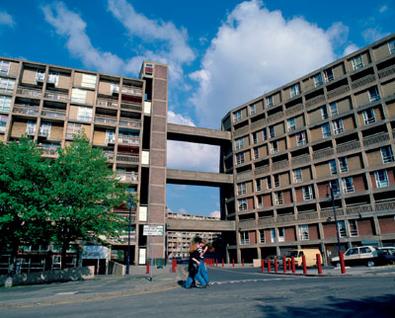




'...I have decided to make beauty by contrast. I will find its complement and establish a play between crudity and finesse, between the dull and the intense, between precision and accident. I will make people think and reflect, this is the reason for the violent, clamorous, triumphant polychromy of the facades.'
The building's main objective was to stress innovation through a radical renewal of the traditional structure on a spacial and functional level. Measurements were based on his own grid system of the Modulor. The use of new materials was introduced, and were technical solutions to control sound, light, and ventilation and to create new uses in living space.
Despite all of these technical details, the two main points were to :
1) Provide the perfect residency for a family, while facing the sun, the surrounding space, and nature in silence and solitude
2) Erect a majestic architectural work build of rigor and greatness, of nobility and elegance, and always with a smile under the sky in the direction of the sun and God's nature.
The 1,600 residents were privvy to a variety of services such as a nursery school, hotel, shops, offices, and gymnasium. It has 18 floors and a sun deck roof-terrace with an unobstructed view of the Mediterranean. Trying to recreate this whole aesthetic in industrial northern England where the landscape and climate just do not compare was never going to work. Although some could say Park Hill has succeeded in the fact that it now has listed status, the experiences of many its residents would suggest otherwise.







































